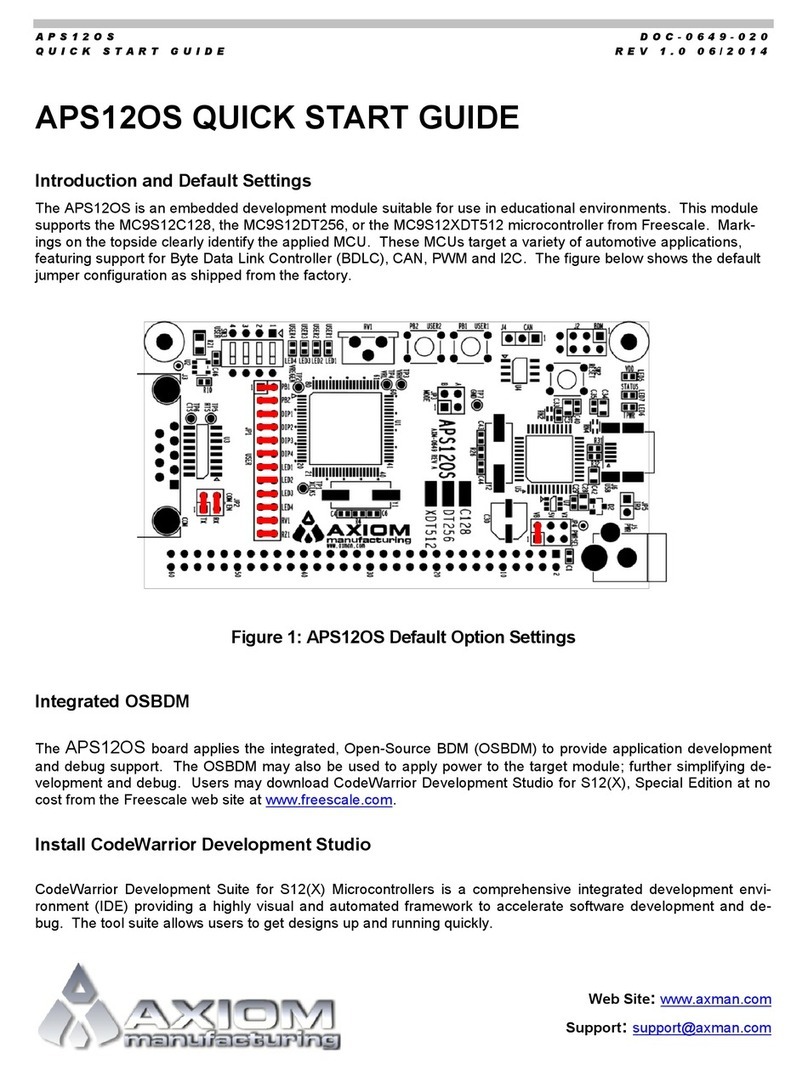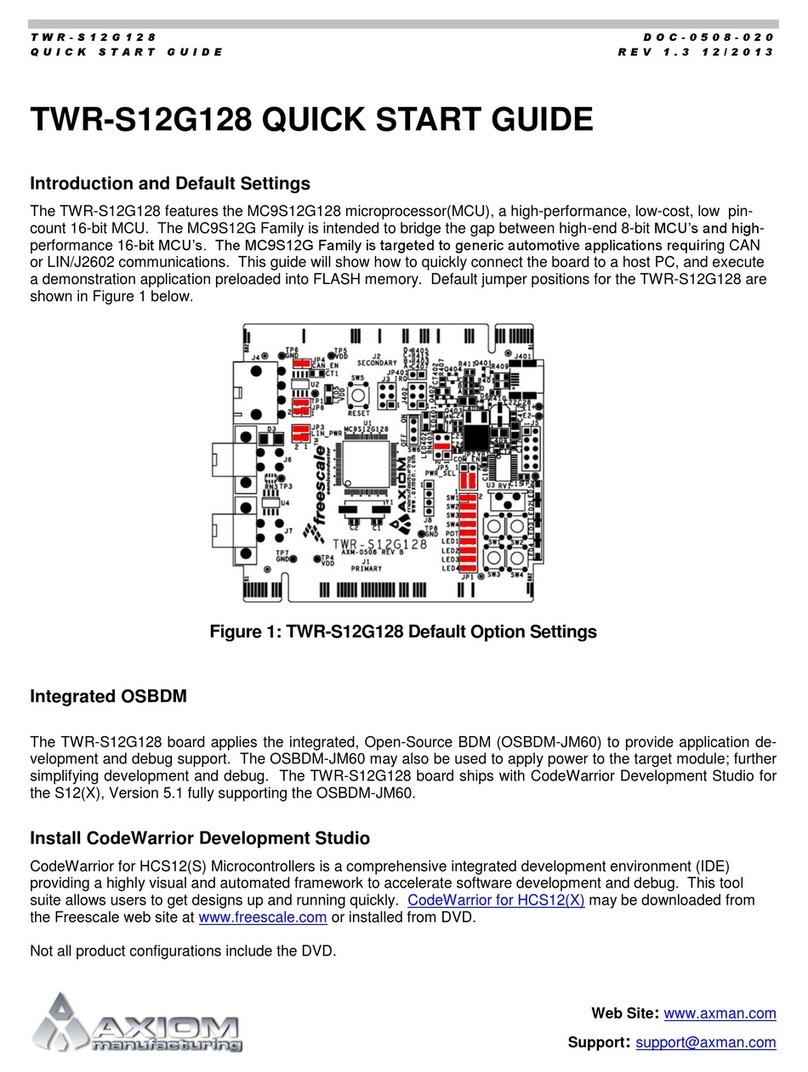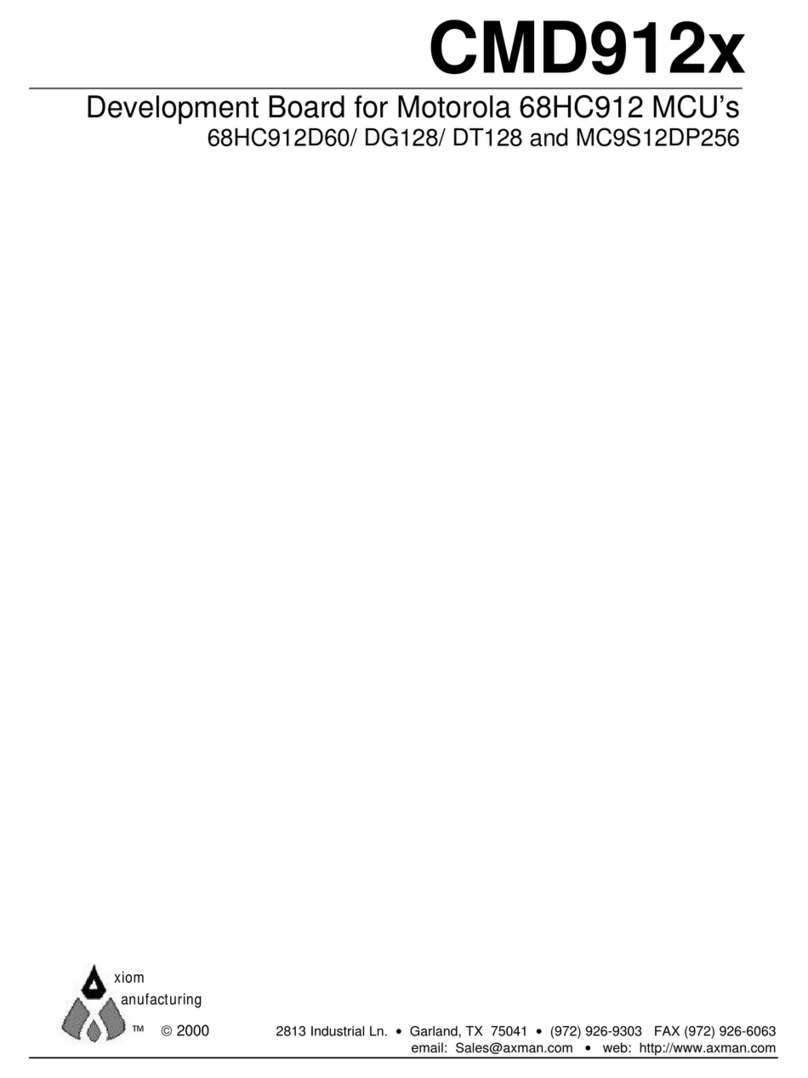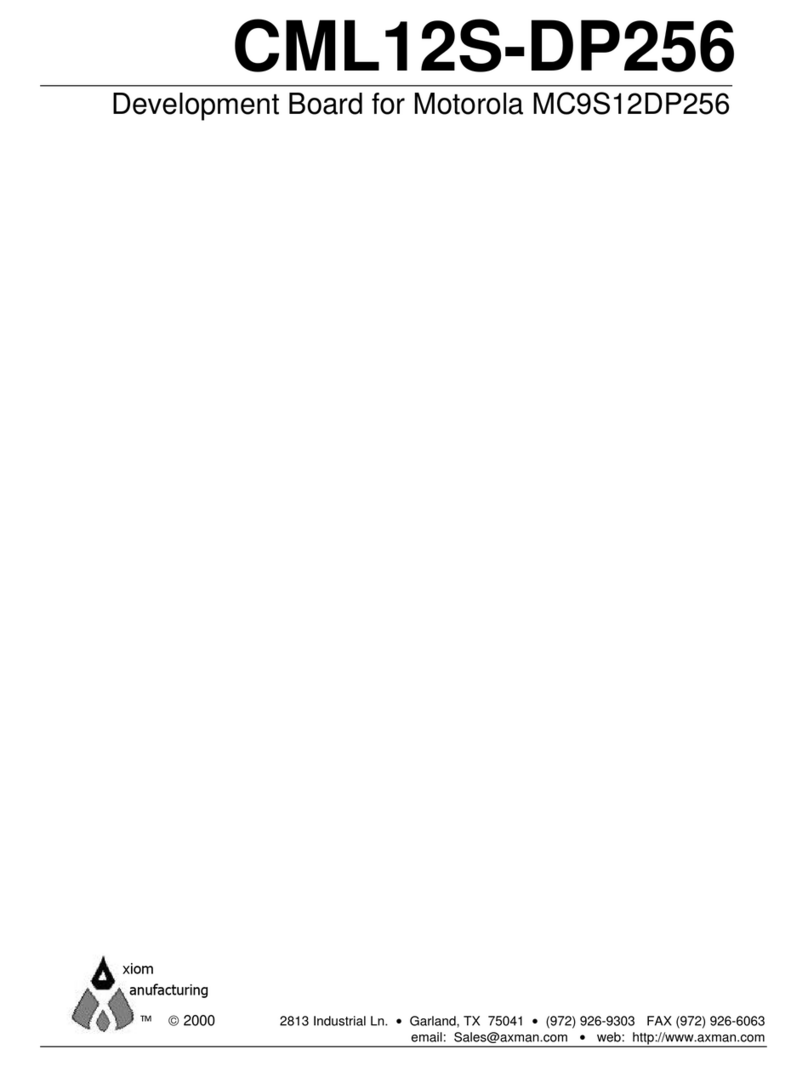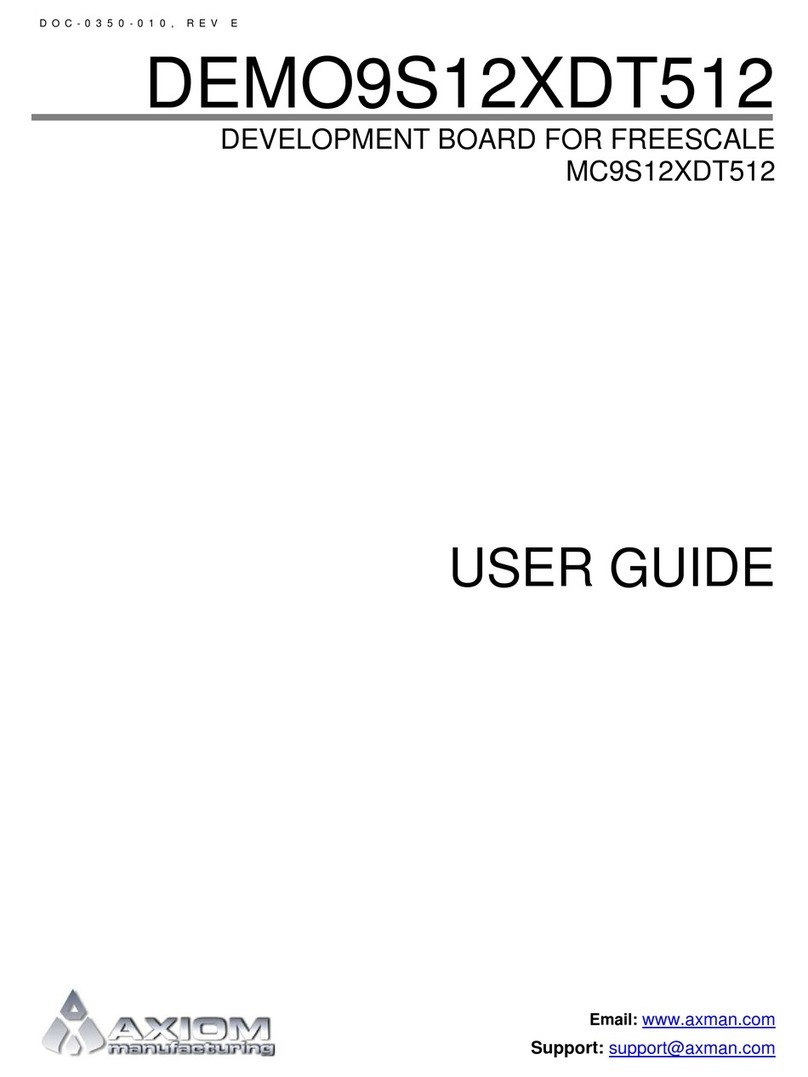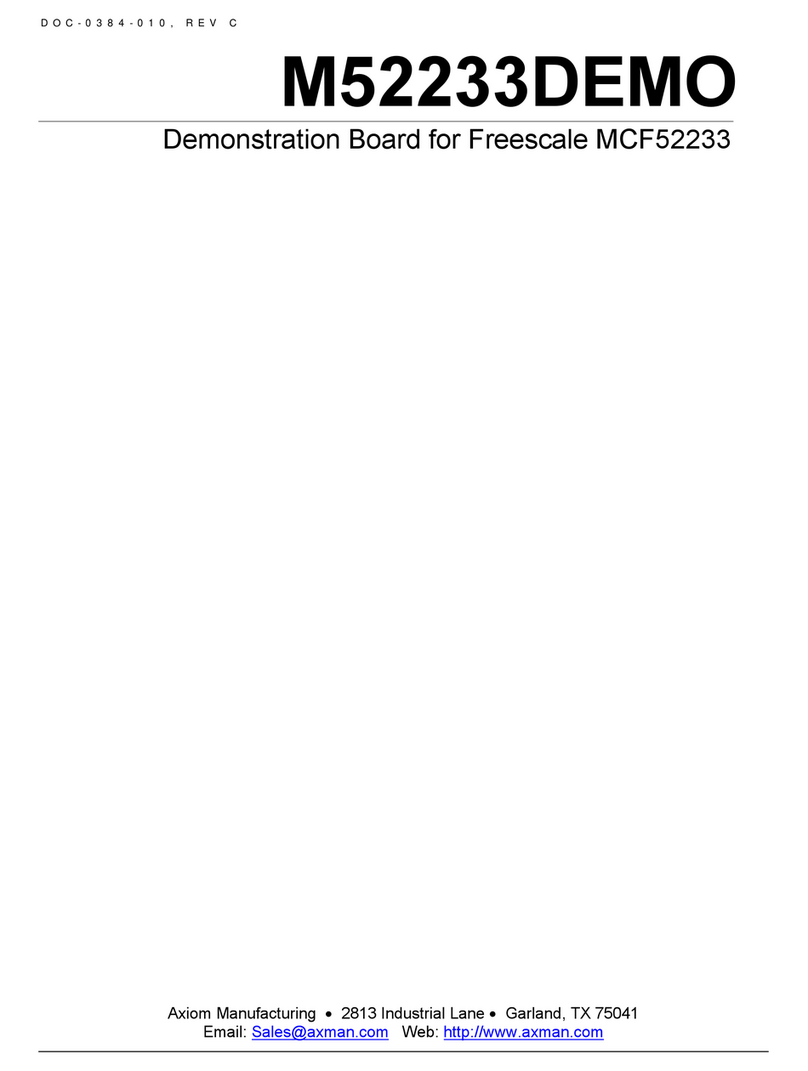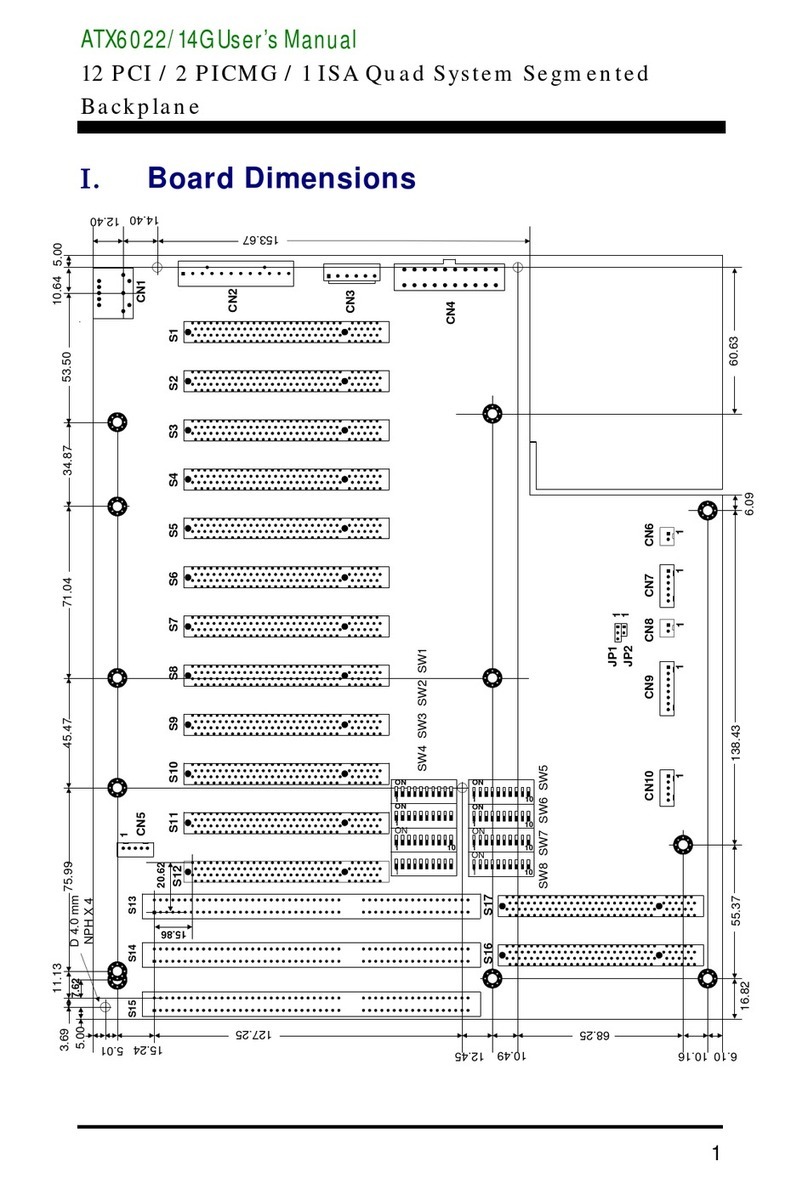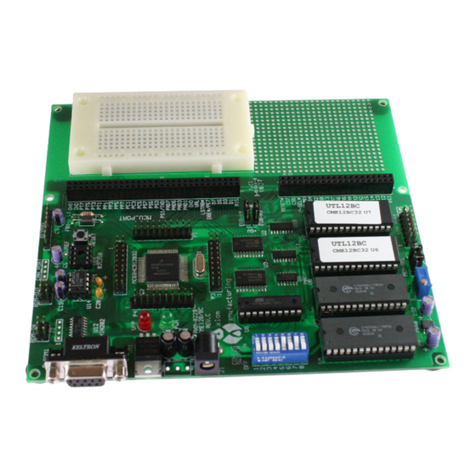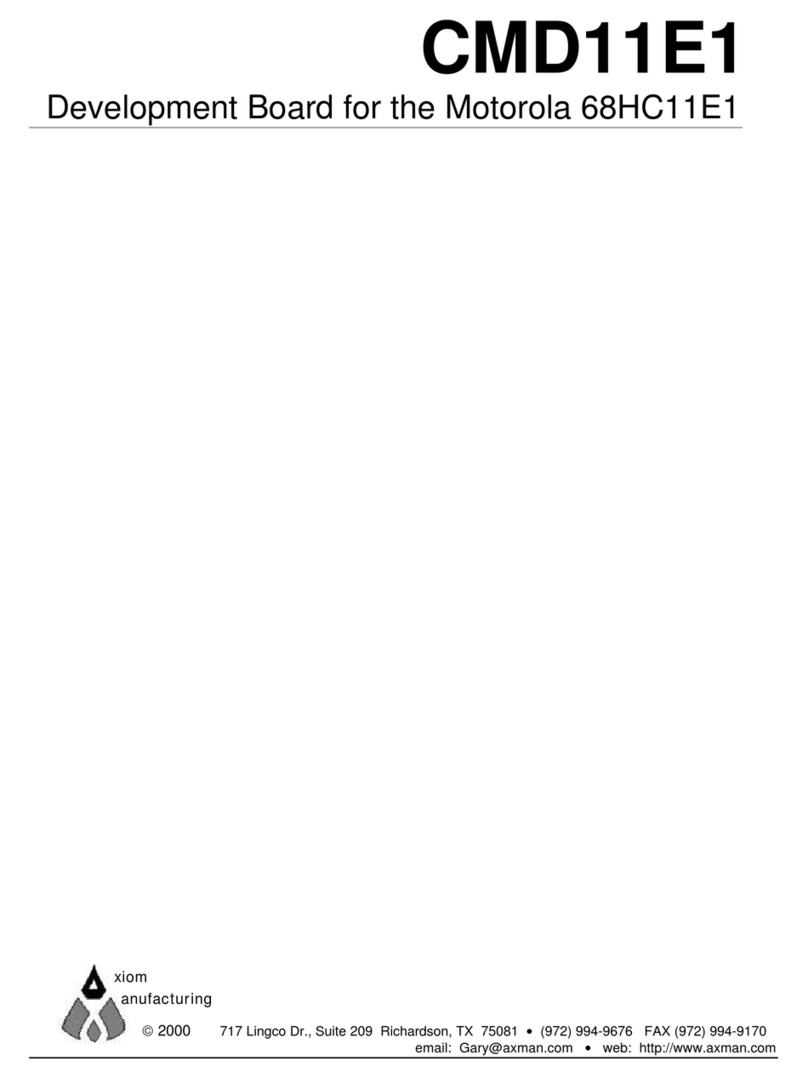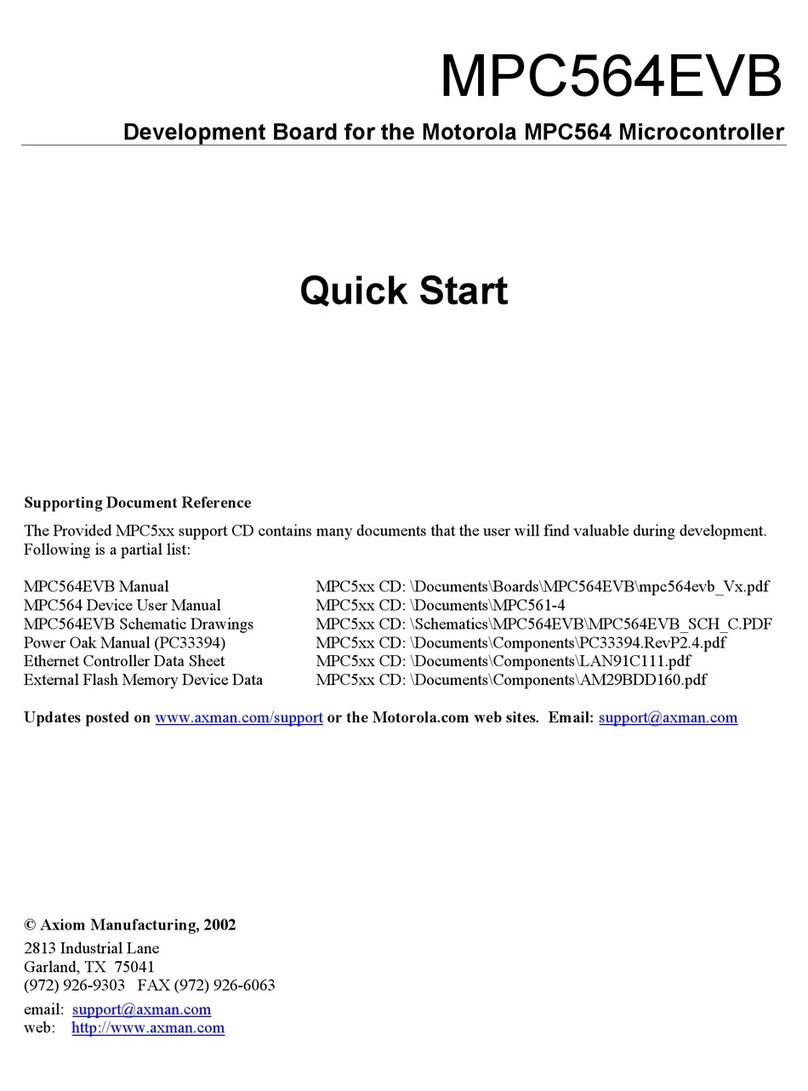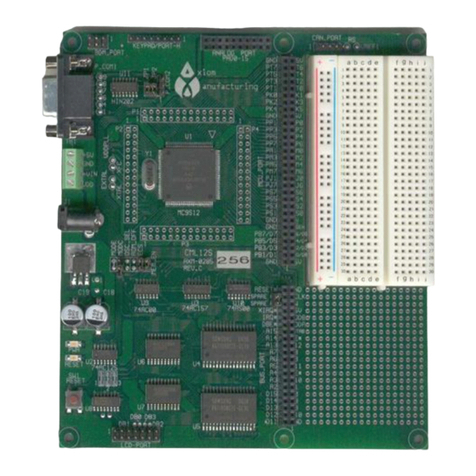
DEMO908LB8 MARCH 24, 2005
2
CONTENTS
CAUTIONARY NOTES ..............................................................................................................4
TERMINOLOGY.........................................................................................................................4
FEATURES ................................................................................................................................5
REFERENCE .............................................................................................................................6
OPERATING MODES................................................................................................................6
RUN MODE ........................................................................................................................... 6
MON08 MODE ......................................................................................................................7
SOFTWARE DEVELOPMENT...................................................................................................7
MEMORY MAP ..........................................................................................................................8
DEVELOPMENT SUPPORT......................................................................................................8
MON08 HEADER .................................................................................................................. 8
DEBUG CONNECTOR.......................................................................................................... 9
MON08 SETUP .....................................................................................................................9
POWER....................................................................................................................................10
TERMINAL BLOCK ............................................................................................................. 10
J1 POWER INPUT .............................................................................................................. 11
PWR_SEL ........................................................................................................................... 11
RESET SWITCH ......................................................................................................................12
LOW VOLTAGE INHIBIT.........................................................................................................12
TIMING.....................................................................................................................................12
OPAMP_EN .............................................................................................................................13
USER OPTIONS ......................................................................................................................13
PUSHBUTTON SWITCHES............................................................................................ 14
LED INDICATORS .......................................................................................................... 14
RV1 POTENTIOMETER.................................................................................................. 14
RZ1 PHOTOCELL........................................................................................................... 14
I/O CONNECTOR J1................................................................................................................14
APPENDIX A............................................................................................................................16
BILL OF MATERIALS.......................................................................................................... 16

